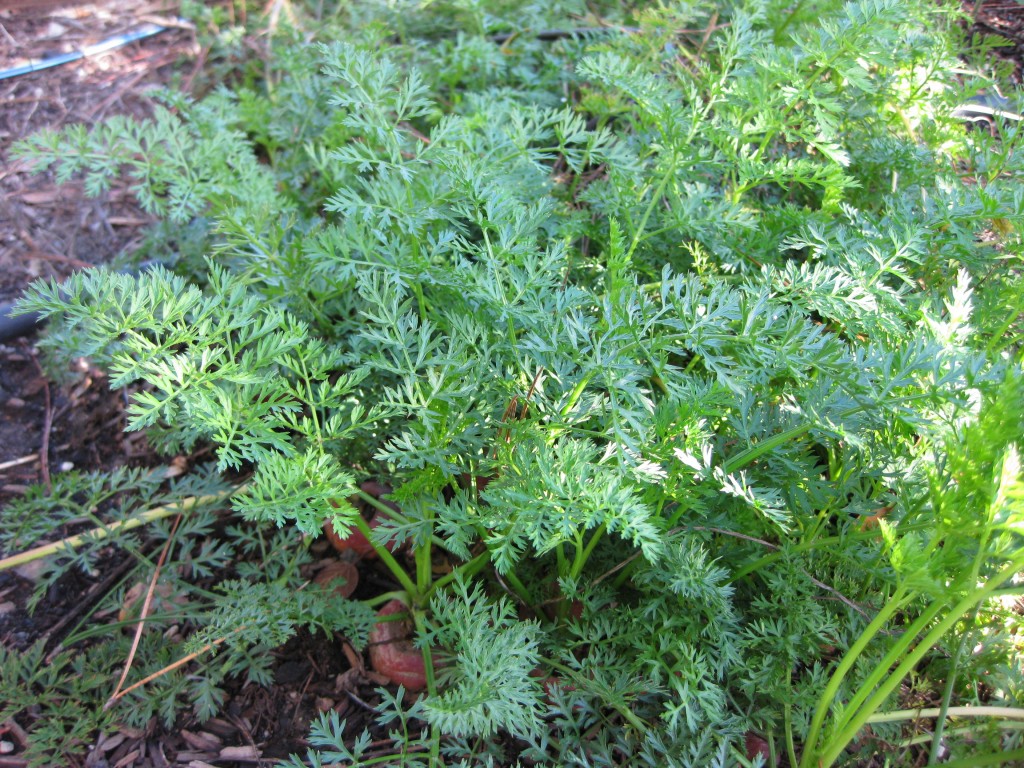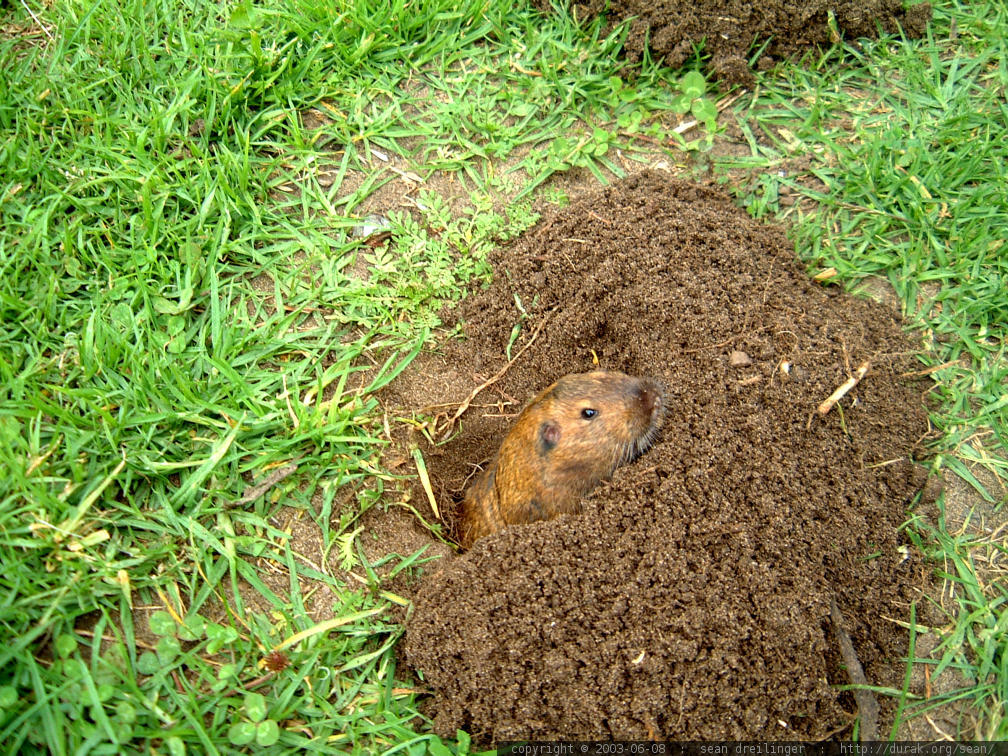 I planted five pounds of rye grass seeds around the apple trees just before the first rains came. Not one seedling sprouted! Mind you, we do have hundreds of birds visiting our garden each day and 15 or 20 quail who call our backyard home. But this is ridiculous! The place looks like the Sahara Desert!
I planted five pounds of rye grass seeds around the apple trees just before the first rains came. Not one seedling sprouted! Mind you, we do have hundreds of birds visiting our garden each day and 15 or 20 quail who call our backyard home. But this is ridiculous! The place looks like the Sahara Desert!
I was sure the seeds I’d bought must have been nonviable so I put them to the test. I counted 20 seeds on to a paper towel, dampened it, folded it in fourths, and placed it in a plastic ziplock bag. I put the packet into the pantry. When I checked it a week later, 18 of the seeds had sprouted. Ninety percent of the seeds were viable! Why hadn’t I gotten the lush grass orchard I’d envisioned?
I went back to the research I’d done years ago on “planting by the moon”.
No, it doesn’t mean I’m going to go outdoors in my nightgown and garden by the light of the moon. But I am going to pay attention to the moon phases as I go about my gardening chores the year. This is how the theory works.
The moon moves through a complete cycle every 29 days. For moon gardening purposes, this cycle is divided into four quarters or phases. The term “phase” refers to the moon’s apparent shape as viewed from earth during the month. To plant by the moon phases you will need an almanac or calendar, that lists the exact time and date of the moon phases.
Increasing Light (waxing) – New moon to full moon
The lunar month starts with the new moon, also called “the dark of the moon”. From the new moon to the first quarter and from the first quarter to the full moon, the moon appears to grow from nothing to a crescent and then to a full circle at mid-month. These are the increasing or waxing phases.
Examples of garden chores to do by the light of the moon:
- Repot and groom houseplants
- Sow seeds of plants that grow above ground
- Fertilize
- Graft fruit trees
- Plant evergreen and deciduous tree
Decreasing Light (waning) — Full moon to dark of the moon
The decreasing or waning phases are when the moon “shrinks” from the full moon down to the new moon (darkness). As the moon wanes during the 3rd and 4th quarters, this is a good time to prune plants, as the water table is diminishing and so less sap will flow out of the cut ends. The plants are said to orient themselves toward their roots, making this a favorable time for planting, transplanting and harvesting root crops in general. The 4th quarter is the most dormant period and is good for chores like weeding.
- Examples of garden chores to do by the dark of the moon:
- Plant bulbs Plant crops that grow below the ground, such as beets and carrots
- Cultivate weeds
- Plant biennials and perennials because they need strong roots
- Eliminate slugs
- Prune shrubs
How is sowing, transplanting and harvesting linked to phases of the moon? One theory is that during the light (waxing) of the Moon, sap is thought to flow more strongly, filling plants with vitality and energy, favoring the planting and harvesting of crops that mature above ground.
What the moon gardening movement currently lacks is a body of modern scientific work that validates its benefits. More information can be found at Gardening By the Moon. For a calendar of the moon phases check out Organic Gardening Magazine.


